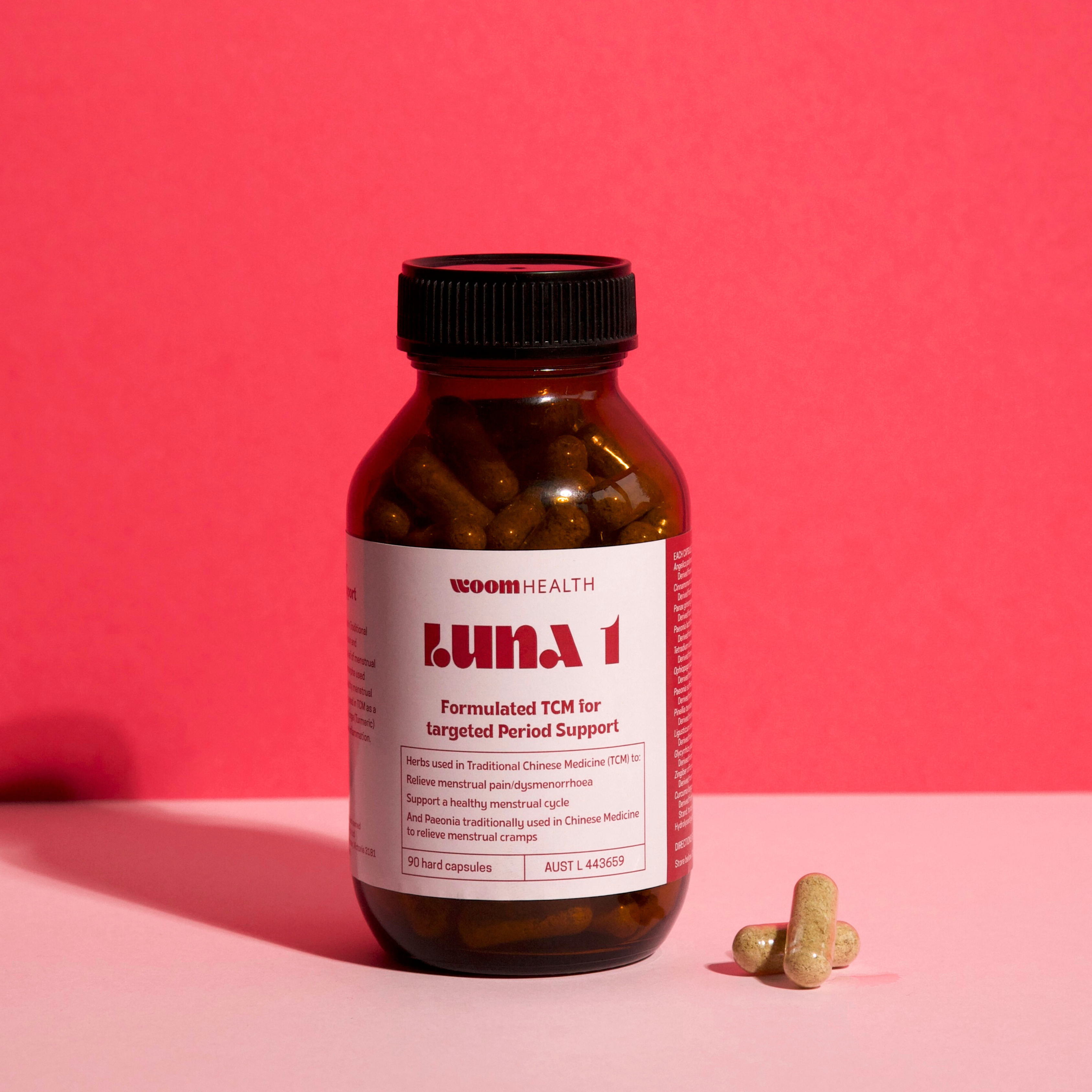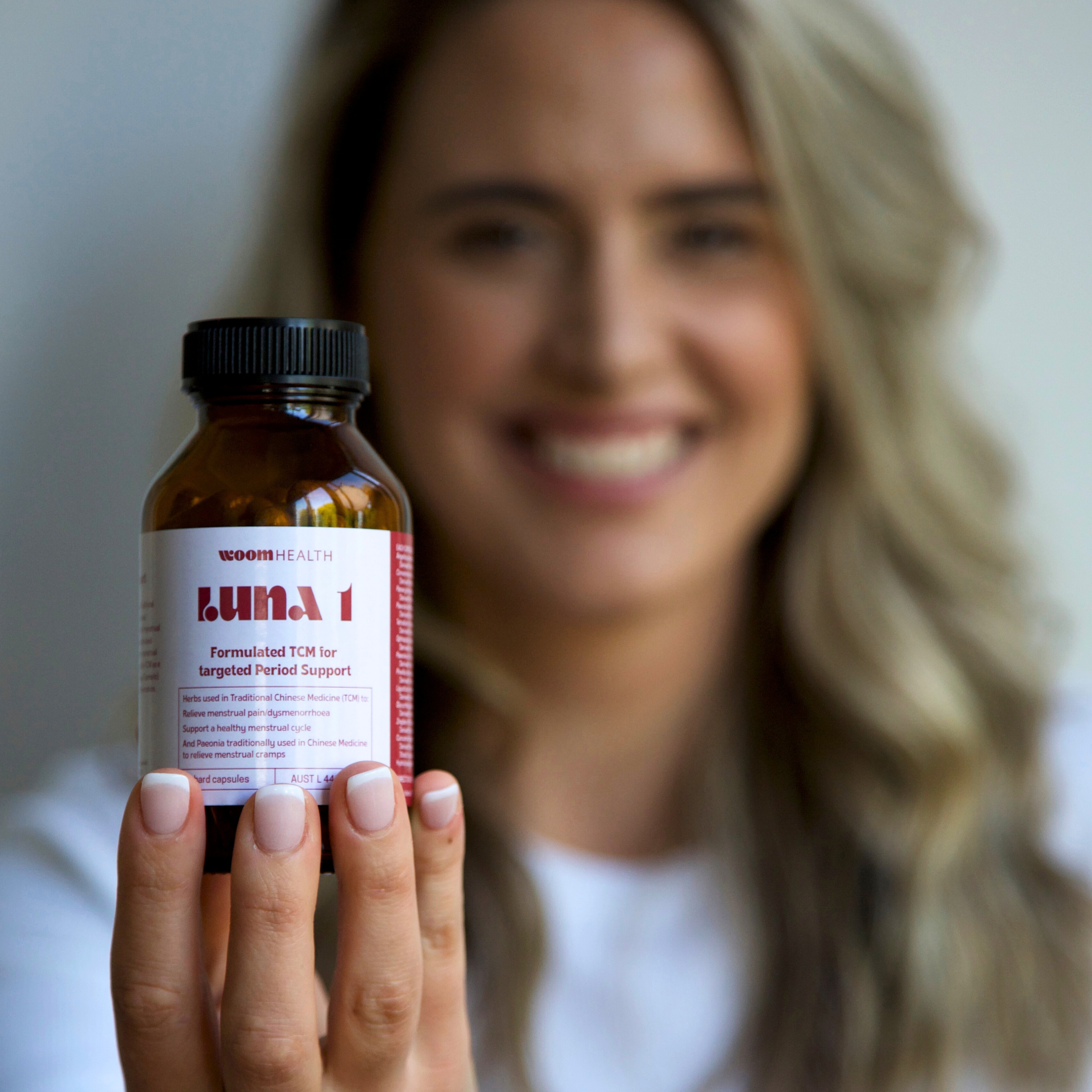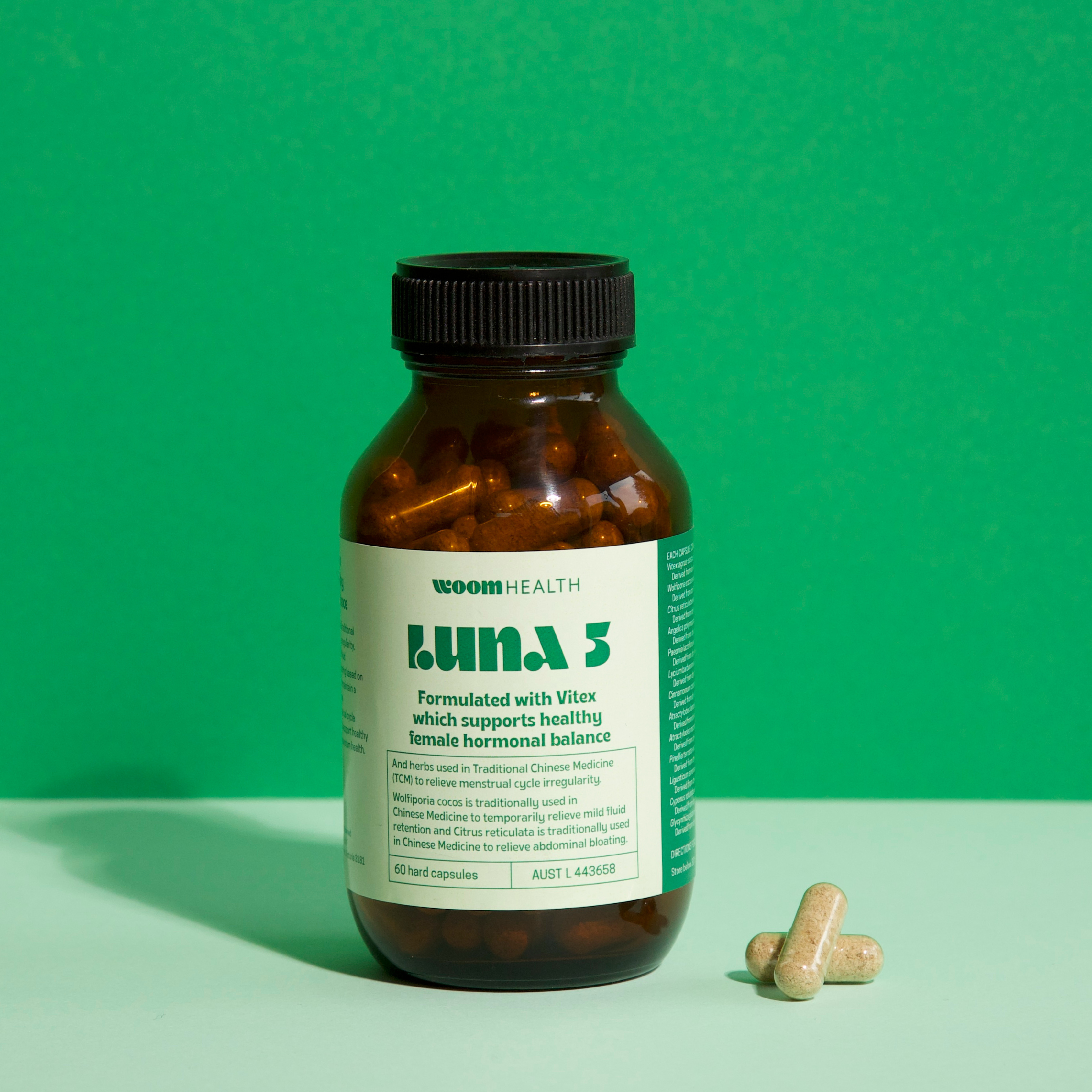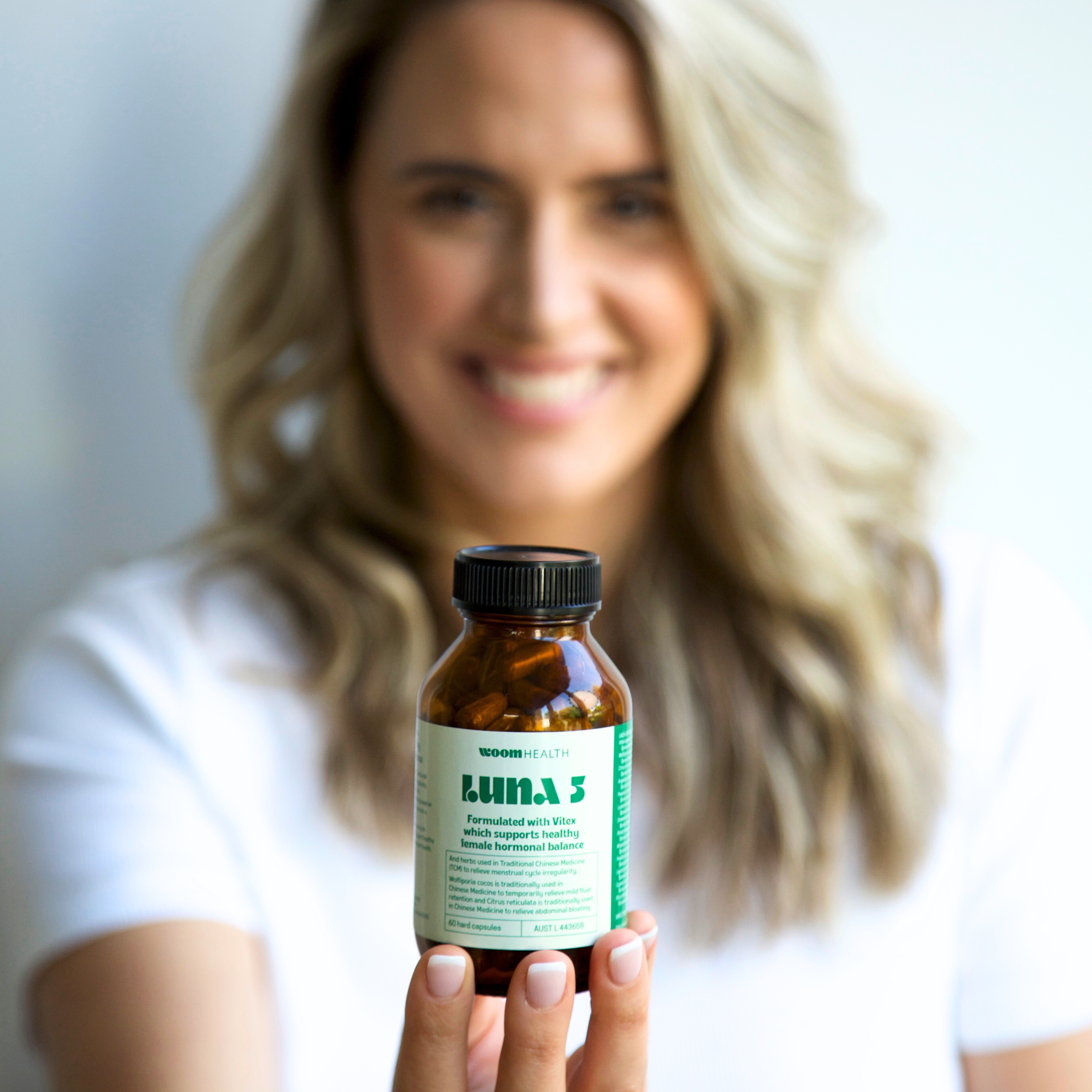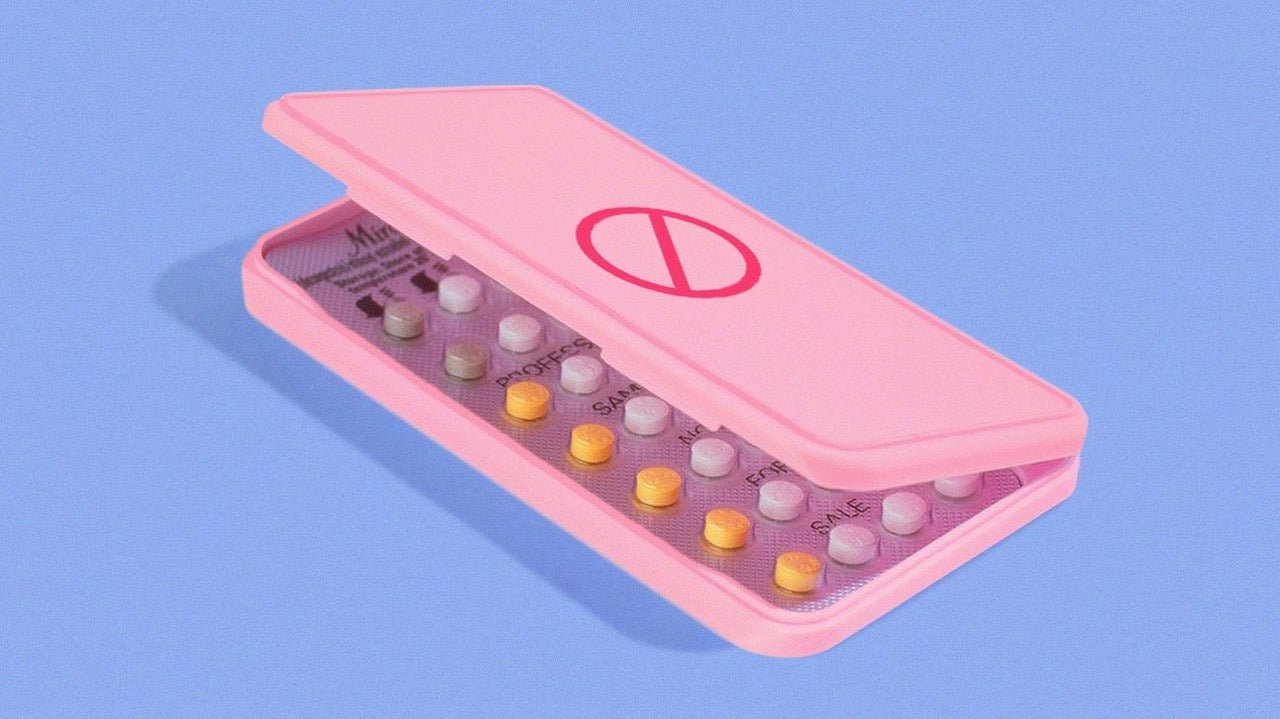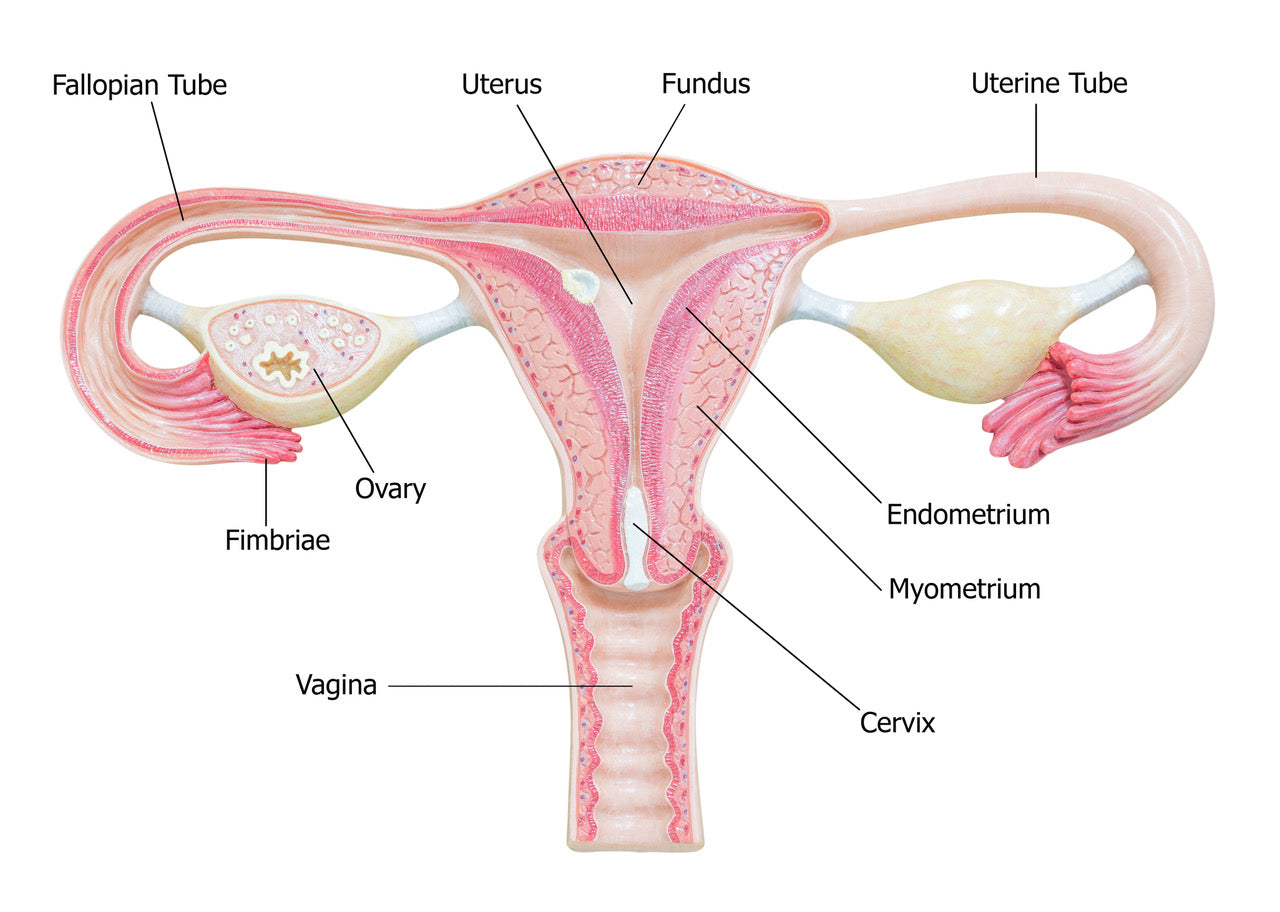7 shocking facts about the history of the Pill

Sex = baby-making. People have been on a quest to negate this equation since its very discovery.
In the past, people have tried everything, from crocodile dung to homemade barrier methods made from animal intestines, in order to control human reproduction.
Surprisingly, it wasn’t until the last century that scientists created a drug so effective at preventing pregnancy, it’s simply known around the world simply as “the Pill”.
Yes, the dark days of birth control seem long over. But did you know that the Pill has a dark history of its own?
From its creation to its clinical trials, here are 7 surprising facts about the history of the most popular form of contraception in the world.
1. It wasn’t the first oral birth control
Oral birth control dates back to ancient and medieval times.
Many ancient cultures would drink poisons to prevent conception. Women in ancient China would consume mercury (sometimes mixed with lead, arsenic, and strychnine) to induce temporary sterility. It should come as no surprise that this method often caused kidney failure, lung failure, and brain damage.
The Greeks and the Roman, however, sought out a safer form of birth control. A giant species of fennel called the silphium plant was consumed to extinction by women in the Mediterranean because it was so effective as a contraceptive!
2. It was developed from…yams!
Scientists began experimentation with reproductive hormones in the early 1900s.
They discovered that they could extract natural progesterone from animals, but this was time-consuming and expensive. Just one gram of the hormone was anywhere from $80 to $1000 a gram.
Fortunately, in the early 1940s, a chemist by the name of Russell Marker found an alternative – wild Mexican yams!
He was able to liquify the root of the yams and extract a chemical called diosgenin (a plant-based compound similar to estrogen). It was processed in scientific labs to create synthetic progesterone and other reproductive hormones.
With just 10 tons of yams harvested, he was able to produce about 3 kilograms of progesterone. In that time period, this was the largest amount of progesterone ever produced!
This mass production of hormones gained a lot of attention from many prominent figures during that time.
3. A devout Catholic had a huge role in the Pill’s development
It began when an activist for women’s sex-education believed that women would only be free if they could control their reproduction. Maybe you’ve heard of her? Her name was Margaret Sanger – the founder of the current day Planned Parenthood.
Sanger approached Gregory Pincus, a famous biologist in the 1950s, asking him to use progesterone to create a new kind of birth control for women that was safe and easy-to-use.
Pincus made an inexpensive version of the Pill and asked Dr. John Rock, a gynaecologist and obstetrician, to team up and run small clinical trials in Massachusetts. Rock was already testing progesterone on women that struggled with infertility when Pincus found him.
Rock was a devout Catholic, who went to mass everyday. He believed the Church was wrong about contraceptives. While the Church approves certain methods of birth control, such as natural family planning, it has always been opposed to all other methods of contraception.
He didn’t think the Church would endorse the Pill because it stopped women’s natural menstrual cycles. So he developed the routine of taking 3 weeks of hormones and 1 week of placebo pills that would induce a withdrawal bleed.
Rock became a spokesperson of the Pill once it was approved, and argued that it was a natural method of birth control. In spite of his efforts, he was unsuccessful at winning the Church over.
4. It was tested on female (and male) psychiatric patients
The first initial tests were run by Pincus and Rock at the Massachusetts’ Worcester State Hospital in Boston…on psychiatric patients! The reason? They wouldn’t have to ask the patients for permission.
They tested the pills on 12 female patients and these trials were claimed successful. But it wasn’t certain that the Pill had any effect on the women’s ovulation because psychiatric disorders can also disrupt menstrual cycles.
They also tested the Pill on 6 mentally-ill men. Pincus and Rock thought progesterone would lower sperm counts and be an effective male contraceptive.
However, these experiments didn’t go very well. It was found that the hormones in the pill made the mens’ testes shrink a little. They also found it difficult to persuade the patients to produce samples of semen.
5. The majority of testing took place in Puerto Rico
The small trials in Massachusetts seemed successful, yet Pincus and Rock knew the first version of the Pill needed to be tested on a much larger scale. So, they took it to Puerto Rico.
It was taken to the poorest areas in this developing country. Many women didn’t even know they were participating in a clinical trial. These women weren’t given any information about the drug other than it would prevent pregnancy, and many women took it out of desperation.
Three women died in these trials and many others suffered side effects such as nausea or blood clots. With these results, Pincus created a new formulation of pills. The amount of hormones in the new version of the Pill was nearly 5-times less than the amount used in the trials.
6. Women struggling with infertility were tricked into taking it
In order for the Pill to be approved, researchers needed to prove that the synthetic hormones in the drug could stop ovulation. But there was a hurdle to jump over.
In the mid-1990s, it was illegal in many states to distribute contraceptives. This was a problem for researchers who needed to test the first version of the Pill in the states.
To get past the restrictions, they used the Pill as fertility treatments for women who were struggling to become pregnant. In the trials, researchers told the women that the drug would make them very infertile…but after that, they would be able to get pregnant.
7. The FDA wouldn’t approve the Pill if it was being developed today
A drug has to go through years of rigorous testing on thousands of people in order to be approved by the Food and Drug Administration. Through all the clinical trials run by Pincus and Rock, the Pill was only tested on 130 women, even though 40,000 pills were handed out during the clinical trials.
In order to get the Pill approved, the number of menstrual cycles observed in the clinical trials were counted instead of the number of women. Pincus wrote, “In the 1,279 cycles during which the regime of treatment was meticulously followed, there was not a single pregnancy.”
The Pill would never have been approved by today’s standards. But by messing with the numbers, it was approved by the FDA in 1960 as a safe and effective form of contraception.
Conclusion
In spite of its dark, unethical history, many people today praise the Pill as one of the best creations in modern-day history. It seems we’ve finally found the best way to separate sex and baby-making. The Pill is even used as a treatment for gynaecological conditions and to regulate menstrual cycles. Yet, we know that it really acts as a bandaid and doesn’t get to the root of the problem.
The Pill also has many side-effects that are being researched by scientists, even today. Perhaps we still have a long way to go before there will be oral birth control that doesn’t harm women’s health.
